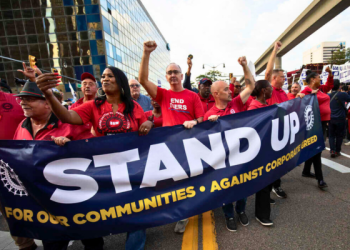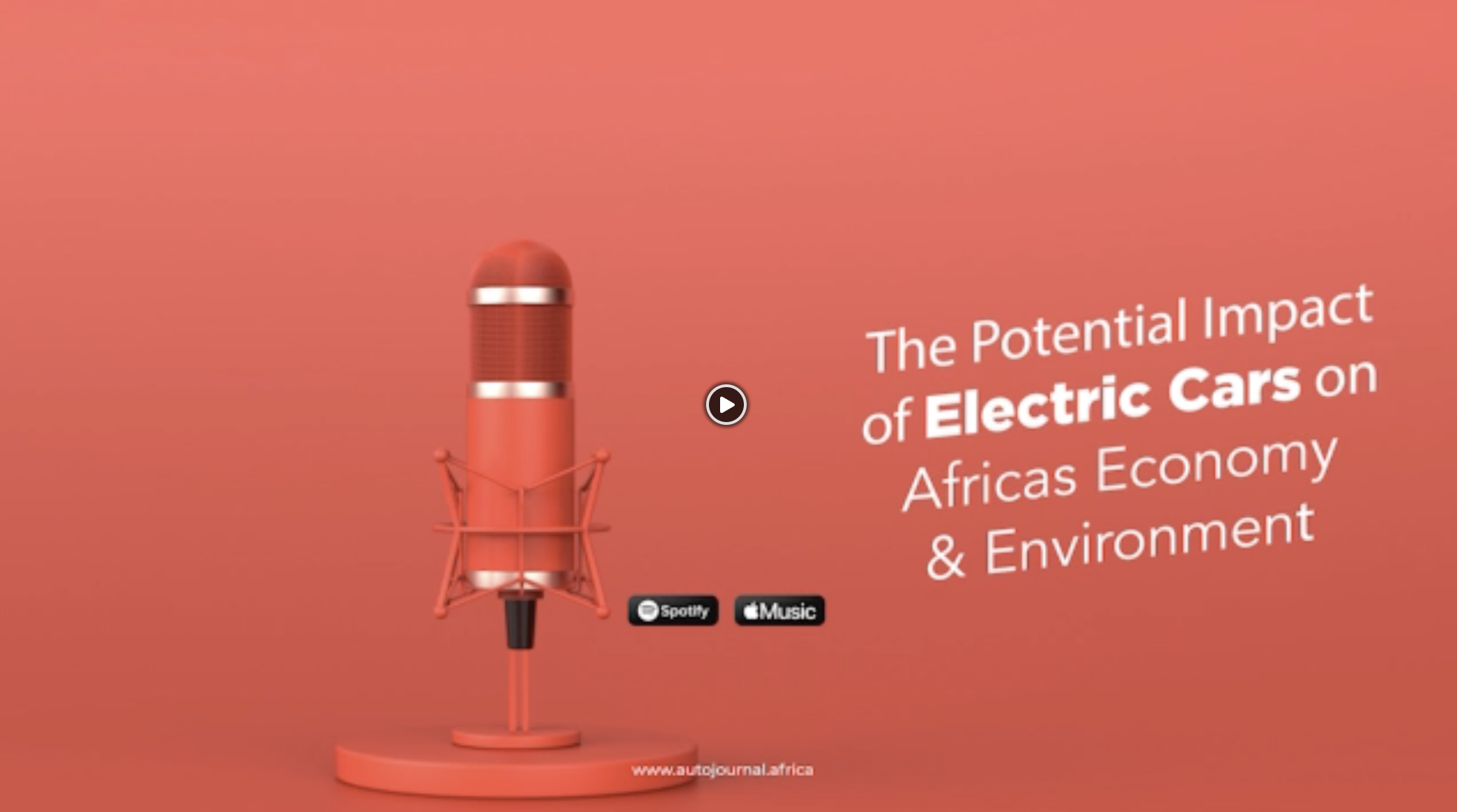What could have been a game-changing $60 billion merger between Nissan and Honda unraveled within just a month. The proposed deal aimed to shield the two Japanese automakers from growing pressure as Chinese EV brands aggressively expanded their global market share.
But instead of forging a united front, the talks exposed deep divides. Nissan’s reluctance to close politically sensitive factories clashed with Honda’s insistence on aggressive cost cuts. Tensions boiled over when Honda demanded Nissan take on the role of a subsidiary, a move that Nissan saw as an affront to its independence.
Ultimately, the deal collapsed, leaving both companies to face an increasingly competitive landscape—separately and weakened.
A struggling Nissan and the bold Honda proposal
By late 2024, Nissan was faltering. Years of poor management and sluggish sales had eroded its once-proud position as Japan’s second-largest automaker. Its late adoption of hybrid technology in the U.S., its largest market, compounded its challenges.
Honda saw an opportunity, proposing a merger to create one of the world’s largest automakers. Analysts valued the potential partnership at $60 billion, combining resources to rival not only Toyota but also fast-growing Chinese brands.
However, cracks in the negotiation surfaced quickly. Nissan insisted on near-equal status in the deal, despite being in a weaker financial position. “They overestimated their position and brand value,” said Julie Boote, an analyst at Pelham Smithers Associates.
Factory Closures: The Unyielding Divide
A major sticking point was Honda’s insistence on deeper cuts. The plan involved significant job reductions and factory closures, a move Nissan was unwilling to consider. One source revealed that Nissan refused to close plants in key locations, including Kyushu, Tennessee, and Sunderland, citing their importance to its EV strategy.
Closing factories would have forced Nissan to write down their value, further hurting its balance sheet. Honda, however, had already made significant cuts in its Chinese operations and viewed Nissan’s turnaround plan as insufficient.
This impasse exemplified the cultural clash between the automakers. Honda’s aggressive stance collided with Nissan’s slower, more conservative decision-making style, deepening the divide.
The Turning Point: Honda’s Move
Tensions reached a peak in January 2025, when Honda CEO Toshihiro Mibe proposed restructuring the deal to make Nissan a subsidiary. This was a stark departure from the initial memorandum of understanding, which outlined equal partnership.
Nissan executives saw the proposal as an affront to the company’s legacy. “It was outrageous and disrespectful,” said one insider. The move also triggered a backlash from Nissan’s top shareholder, Renault, which warned that it would not support a takeover without adequate compensation for Nissan shareholders.
In response, Nissan CEO Makoto Uchida formally ended discussions, citing the subsidiary demand as unacceptable.
The Fallout and the Road Ahead
The collapse of the merger leaves both companies at a crossroads. Nissan, with mounting challenges in the U.S. and Chinese markets, now faces additional pressure from potential U.S. tariffs on vehicles produced in Mexico. Meanwhile, Honda’s management is left searching for alternative strategies to scale up amid fierce global competition.
Speculation is growing about Nissan’s potential partnerships with new players like Foxconn. The Taiwanese electronics giant, led by former Nissan executive Jun Seki, is reportedly interested in working with Nissan to enter the EV market. Foxconn Chairman Young Liu emphasized that his company aims to “cooperate, not acquire.”
Despite the fallout, analysts believe Nissan’s brand still holds value. For now, the failure of the merger underscores the urgency for both automakers to adapt.
Read more on China’s EV sales set to overtake traditional cars, surpassing Western rivals





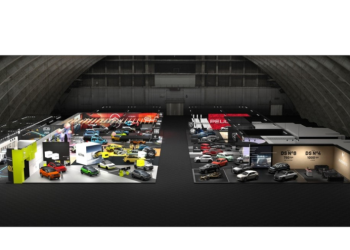
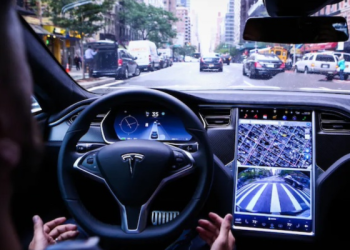
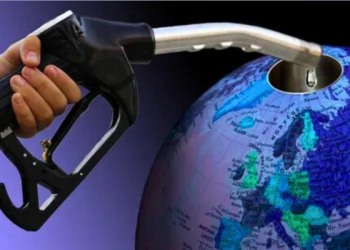
![Gordon Murray S1 LM supercar [Source: Auto Evolution]](https://autojournal.africa/wp-content/uploads/2025/11/Gordon-Murray-Auto-Evolution-350x250.png)








